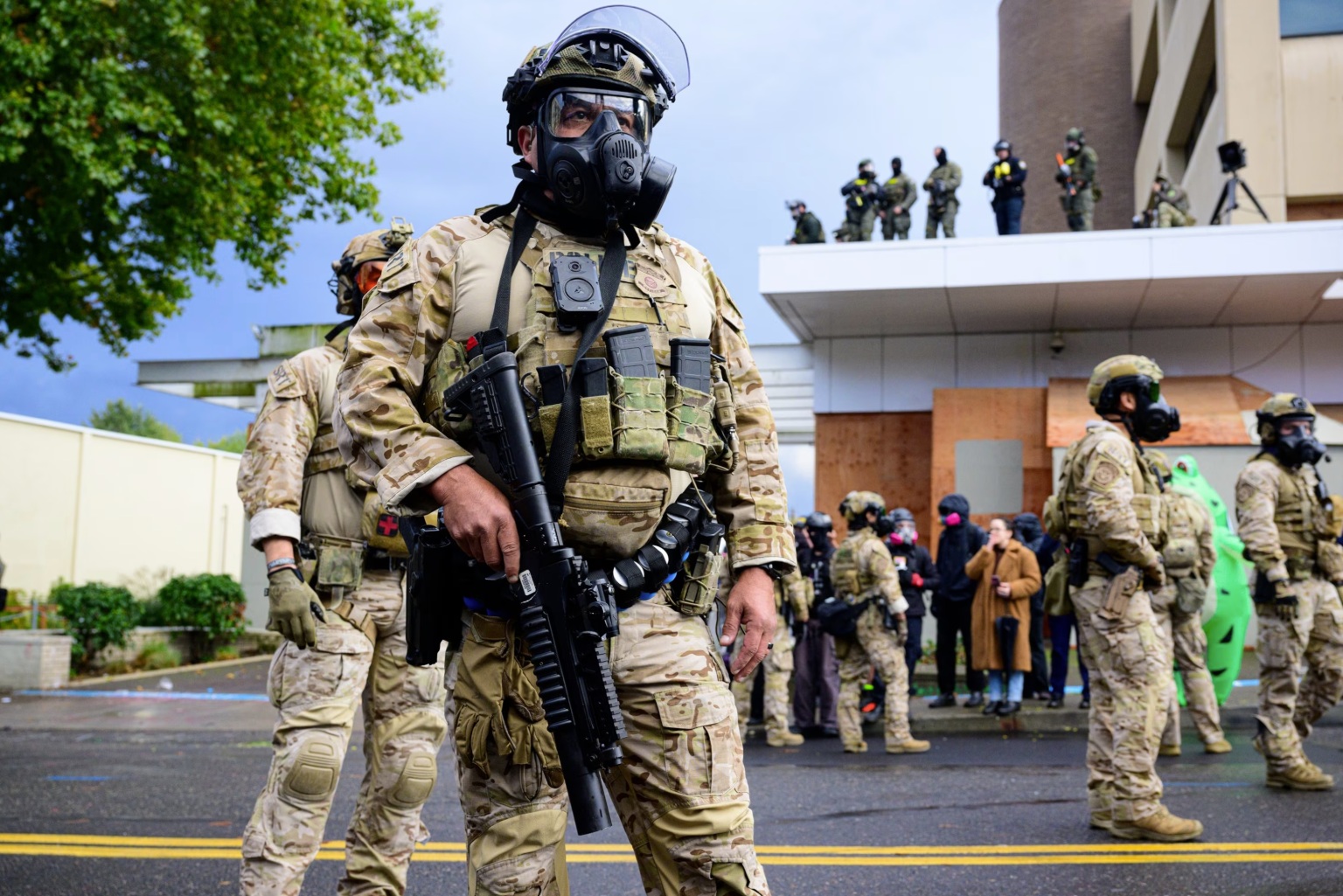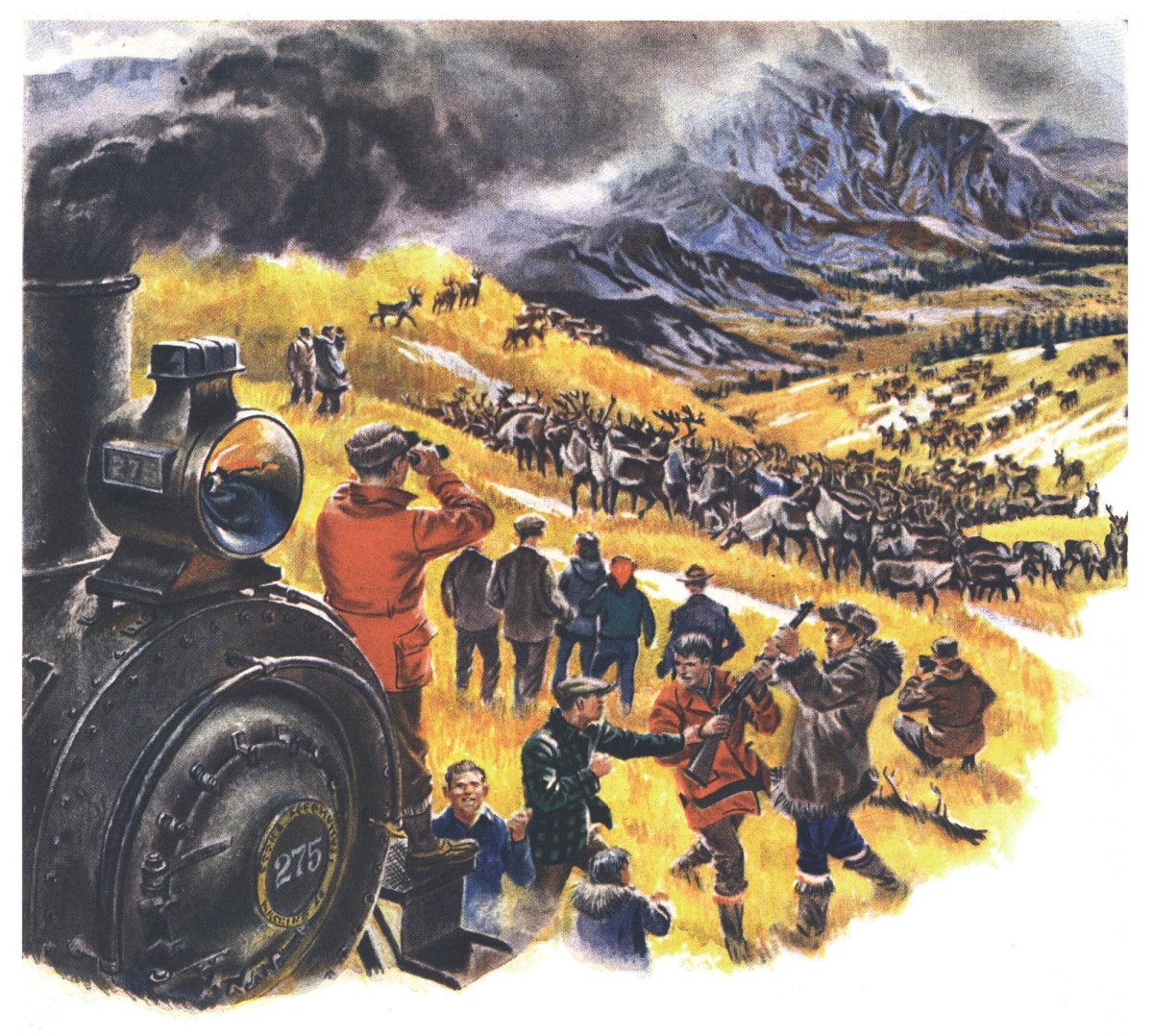The Martian (2015) Movie Review: Survival Lessons in Space

When a storm separates astronaut Mark Watney (Matt Damon) from his crew and strands him on Mars, there’s no cavalry coming. No quick fix. Just a hostile planet, limited supplies, and a survival clock ticking down.
Watney’s not an action hero—he’s a skilled guy with the right mindset, doing his best when everything falls apart. He leans into what he knows—botany, engineering, and problem-solving—to stay alive. Back on Earth, NASA scrambles to help, and his crew considers a high-risk rescue. It’s survival stripped down to skill, grit, and action.
What makes The Martian worth watching isn’t just the setting or the humor—it’s the mindset. Watney doesn’t panic. He works the problem. Water. Food. Power. Hope. It’s a smart, grounded look at what survival means when no one’s coming to save you.
(Disclaimer: This article contains affiliate links for which I may receive a small commission at no cost to you if you choose to purchase a product through a link on this page.)
TL;DR: Stranded on Mars, one man survives by staying calm, solving problems, and refusing to quit. The Martian is survival without the doom.
Quick Look at What You’ll Learn
Watch the Official Trailer for The Martian
Ratings & Reviews at a Glance
What I Liked
The Martian is a solid watch—smart, steady, and more upbeat than most survival films. It’s grounded without being heavy, and it even manages to work in humor without undercutting the stakes. Damon carries the story solo and does it without forcing it.
What stands out most is Watney’s attitude—he doesn’t spiral when things go sideways. He just keeps moving, keeps solving problems, and stays focused.
With a PG-13 rating, it’s a good pick for most family movie nights. The tension feels real, but it never goes too dark. It’s easy to recommend if you want a survival story that shows what persistence actually looks like—without the doom and gloom.
What Could Have Been Better
While the film excels at showing individual resilience, it glosses over some harsh realities of isolation and psychological stress. A more realistic portrayal might have shown greater mental health challenges.
Some plot points feel overly optimistic, with solutions coming together almost too neatly. Real survival situations rarely unfold with such precision.
⚠️ Spoiler AlertThe next section breaks down key scenes and decisions in The Martian. If you haven’t seen it yet and want to go in fresh, this is the point to stop reading.
Preparedness & Survival Lessons from Mars
1. Mindset Determines Everything
The opening scene shows how fast things go sideways. One minute it’s a storm. Next, it’s a life-or-death decision. The mission commander has to choose: risk the crew or leave Watney behind. It’s not easy—and that’s the point. Real leadership in crisis means making hard calls without perfect information.
What follows is all mindset. Watney doesn’t freeze, panic, or spiral. He accepts reality, then gets to work. His line—“I’m not going to die here”—isn’t tough-guy posturing. It’s a decision. A pivot. And from that moment on, every move he makes is about staying alive.
2. Knowledge and Skills Save Lives
The potato scene is where Watney’s mindset meets action. It’s a perfect example of the Success Formula:
- Mindset: He refuses to quit, no matter how bad it gets.
- Knowledge: He understands botany and chemistry—and puts it to use surviving.
- Skills: He applies that knowledge in a way that works.
- Resources: He squeezes every last bit out of what he has.
He doesn’t survive because of luck. Even when things go right, bad luck still finds him. But he survives because he’s capable—he has the mindset, skills, and follow-through to keep moving forward when most people would freeze.
3. Setbacks Test Your Resolve
When the habitat blows out and wipes out his entire food supply, Watney hits a wall. Months of work—gone in seconds. It’s a gut punch that ends his food-growing efforts, showing just how fast your best prep can unravel.
Then comes the potato-counting scene. Watney’s furious. You can see it on his face. But instead of giving in to it and becoming irate, he fights to stay focused. He works to stay proactive and move forward. He doesn’t waste time blaming Mars or his luck—he gets back to work taking charge of the situation. That’s the mindset that makes the difference between surviving and letting the moment overwhelm you.
4. Problem-Solving Under Pressure
Watney doesn’t survive because he had all the answers—he survives because he never stops working the problem. Each crisis hits hard, and every time, he breaks it down, weighs his options, and takes action. No drama. No paralysis. Just steady, systematic decisions.
That’s exactly how real preparedness works. You won’t have a perfect plan. Things will go wrong. But if you’ve got the mindset and skills to adapt under pressure, you’re already ahead of the game.
Key Takeaways for Preppers
- Mindset beats gear every time—Watney survives with limited supplies because he refuses to quit
- Knowledge multiplies your options—Understanding science gives him tools that gear alone never could
- Adaptability is everything—When Plan A fails, he immediately moves to Plan B, C, and D
- Stay rational under pressure—Emotional decisions in crisis situations often make things worse
The film reminds us that preparedness isn’t about paranoia or fear—it’s about building the confidence and capability to handle whatever life throws at you.
Ready to develop your own survival mindset? Start with the fundamentals and build from there.
Bottom Line on The Martian (2015)
The Martian works as both entertainment and a mindset check. It shows how the right attitude—backed by knowledge and determination—can often carry you through what looks impossible.
For anyone serious about preparedness, it’s packed with useful lessons:
- Stay calm and think clearly in a crisis
- Use what you know to solve what you don’t
- Adapt when your plans fail
- Keep working the problem, no matter what
Watney doesn’t survive because of luck—he survives because he thinks, acts, and adapts. The most important preparedness tool isn’t something you pack. It’s how you think.
Additional Resources
Frequently Asked Questions About The Martian
It’s based on Andy Weir’s science-driven novel, which started as a self-published blog series. Weir built much of the science from real NASA research and engineering concepts.
Much of the science is realistic, especially the botany and engineering.
During a severe storm, the crew believed Watney was dead, and staying would have risked everyone’s life. It was a split-second call under extreme conditions.
That mindset matters. Watney doesn’t give up. He works the problem, adapts, and survives—not because of luck, but because he refuses to stop trying
📌 Next StepsWatch The Martian and think about how you’d handle being completely on your own, with no rescue coming. What could they have done better? Would you go to Mars? Come back here and share your thoughts in the comments. Whether it’s one line or a full breakdown, your insight might help someone else build the mindset they’ll need when things go wrong.
Read the full article here









